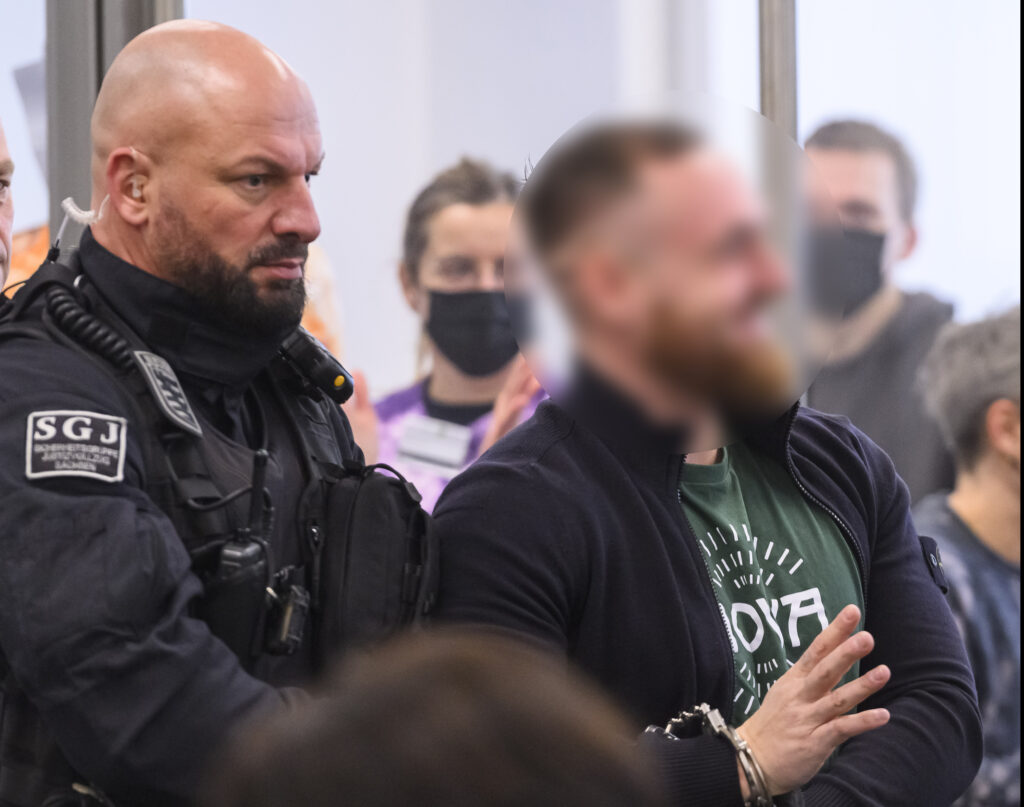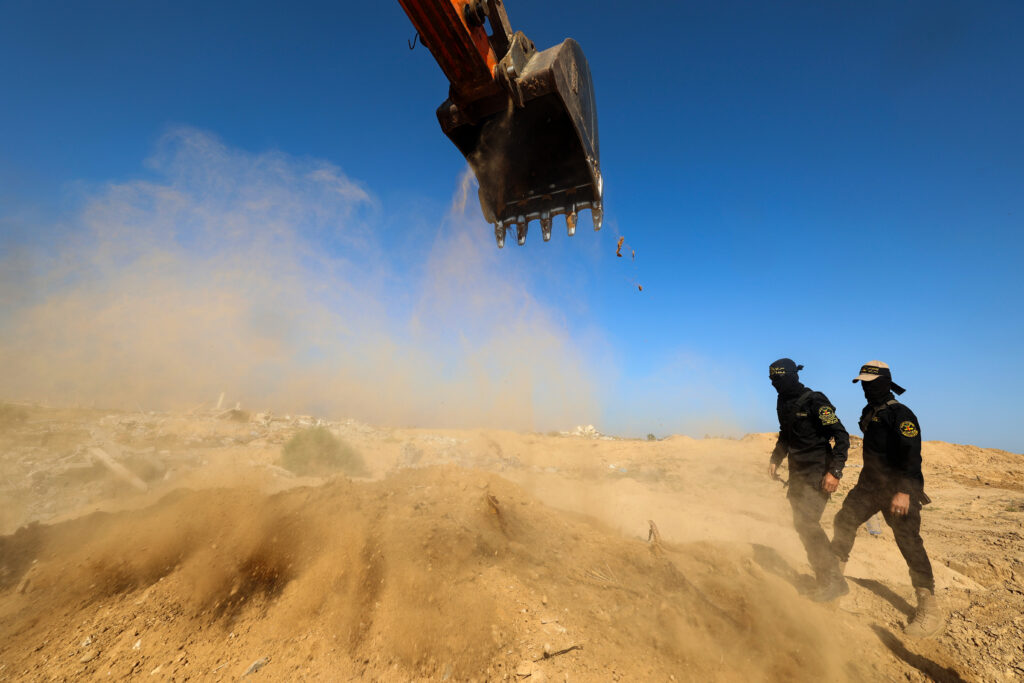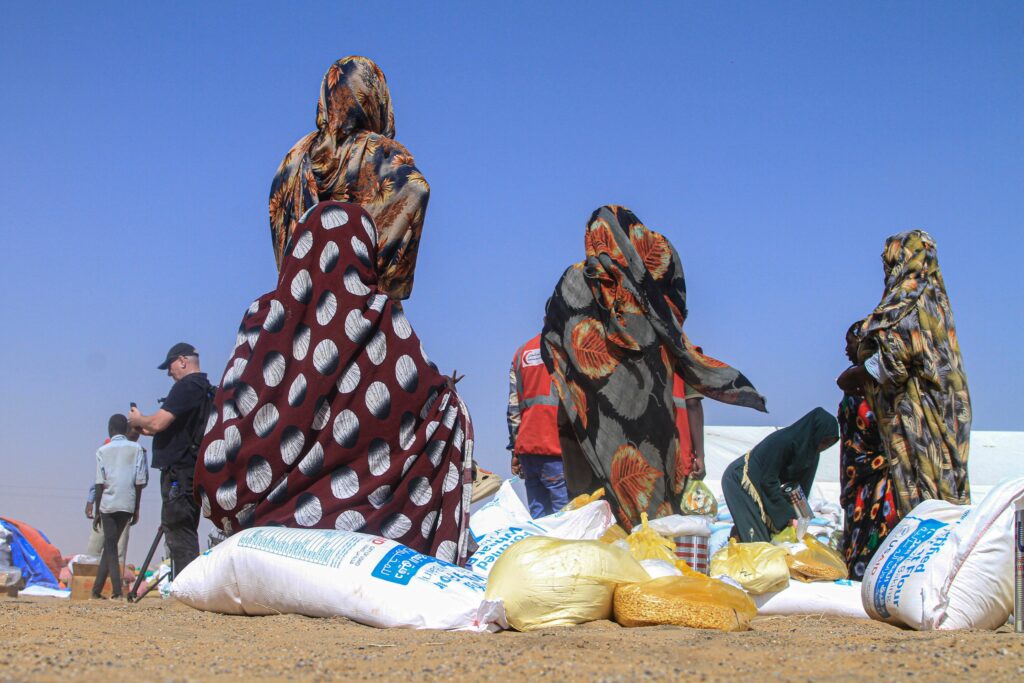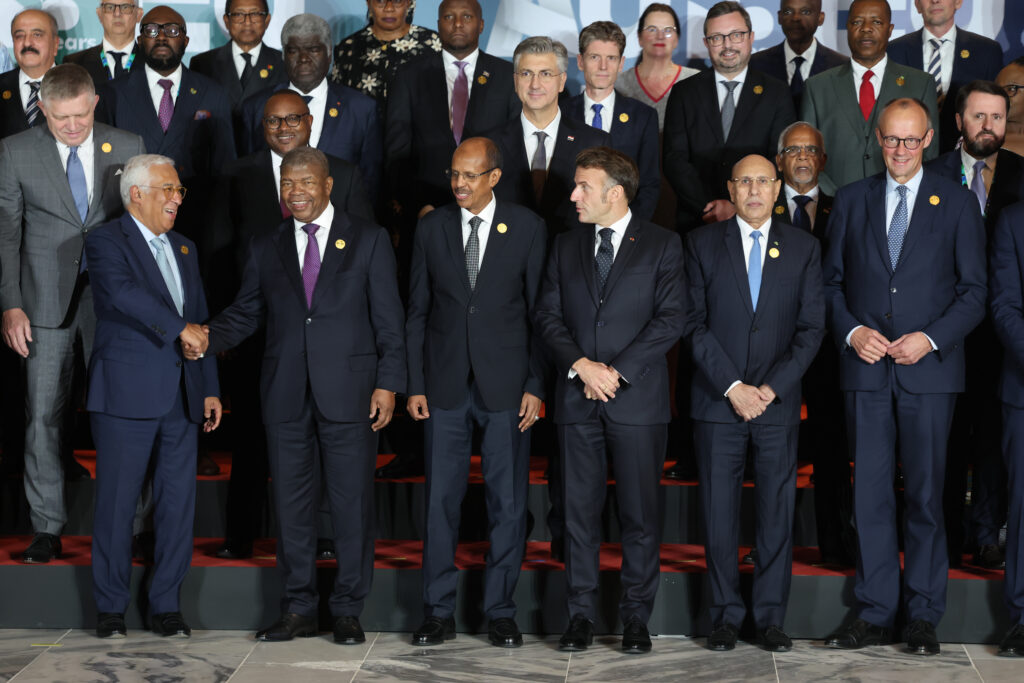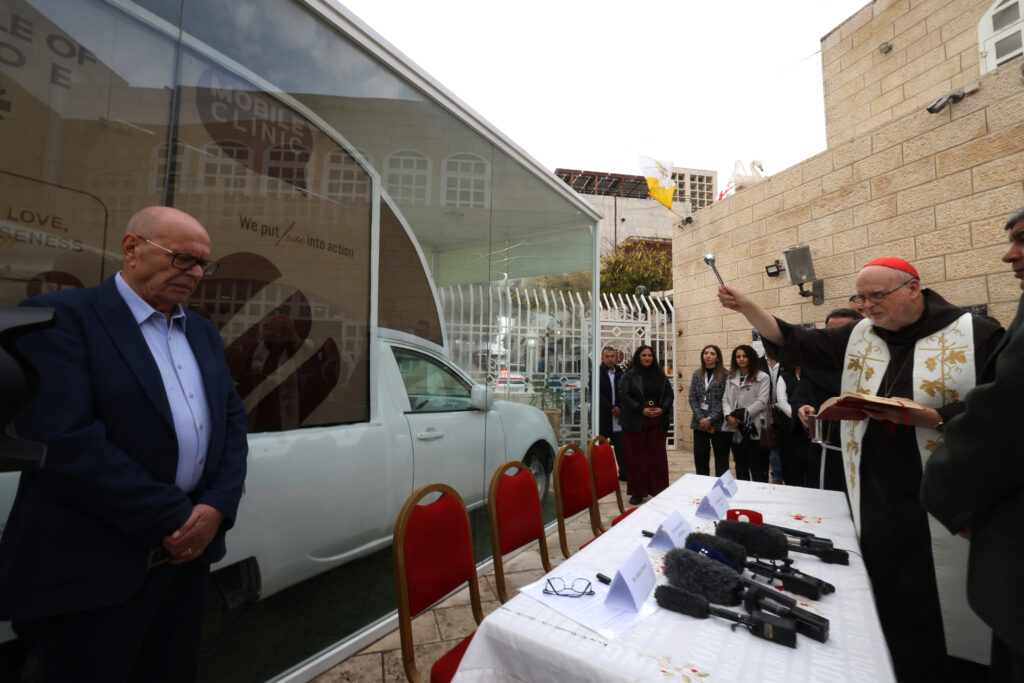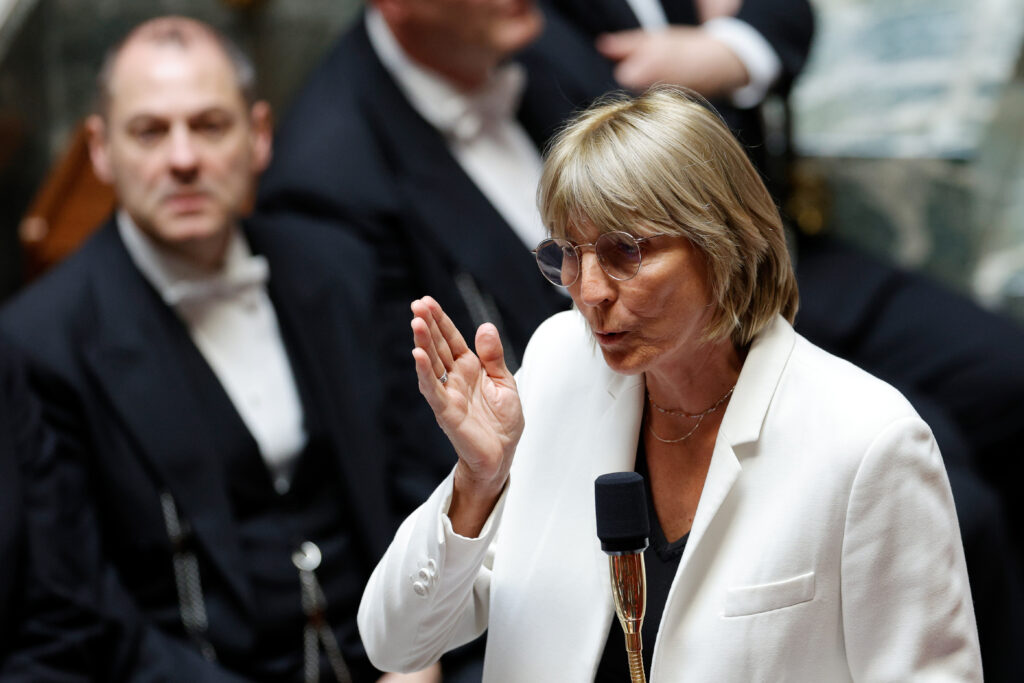La voiturette utilisée par le pape François lors d’un voyage en Terre sainte est réapparue mardi dans les rues de Bethléem, en Cisjordanie occupée, cette fois-ci réaménagée en clinique mobile pour les enfants de la bande de Gaza.”Le +Véhicule de l’Espoir+ est prêt pour sa nouvelle mission”, a lancé le cardinal Anders Arborelius, évêque de Stockholm, devant des journalistes venus assister à la présentation de cette nouvelle version de la “papamobile”.C’est lui qui a béni la petite voiture empruntée par le pape François lors de sa venue dans les Territoires palestiniens en 2014, après que la branche suédoise de l’ONG catholique Caritas l’a réhabilitée.Accessoire emblématique, cette “papamobile” est immédiatement reconnaissable à son blanc immaculé et sa canopée surélevée depuis laquelle le souverain pontife salue les foules.Mais au lieu de transporter le chef des 1,4 milliard de catholiques du monde, le véhicule rebaptisé “Véhicule de l’Espoir” doit être envoyé dans la bande de Gaza, un territoire ravagé par plus de deux ans de guerre, conformément aux demandes formulées par le pape François avant sa mort.Equipée pour accueillir des consultations ou des campagnes de vaccination, cette étonnante clinique à roulettes a pour objectif de prendre en charge jusqu’à 200 patients par jour.- “Dernier souhait” -Il y a plus de dix ans, en mai 2014, le pape François était venu à Amman, Bethléem et Jérusalem. Il s’agissait de son deuxième déplacement à l’étranger depuis son entrée en fonction.Le président palestinien Mahmoud Abbas lui avait alors offert cette Mitsubishi, modifiée pour la visite, dans laquelle le pape a notamment traversé la place de la Mangeoire, l’un des principaux sites du tourisme religieux de Bethléem en Cisjordanie, territoire occupé par Israël depuis 1967.Le véhicule avait ensuite été confié à des frères franciscains, les gardiens officiels des lieux saints chrétiens en Terre sainte.Avant de mourir le 21 avril dernier à l’âge de 88 ans, François avait confié que son “dernier souhait” pour les enfants de Gaza était que la “papamobile” soit transformée en clinique mobile pour ces derniers, d’après des propos rapportés en mai par Vatican News, le site d’information officiel du Saint-Siège.Caritas a investi près de 13.000 euros pour que des mécaniciens palestiniens la remettent à neuf et la modifient, notamment en fermant ses deux flancs.”Les enfants de Gaza étaient très proches du coeur du pape François”, a indiqué Peter Brune, secrétaire général de Caritas Suède, présent lors de la présentation.”Ils s’assiéront sur le siège du pape et seront traités comme la personne la plus importante au monde”, a-t-il ajouté.- “Message de compassion” -“Le monde n’a pas oublié les enfants de Gaza”, a ajouté le cardinal Arborelius lors de la présentation à la presse, à un jet de pierre de l’iconique basilique de la Nativité à Bethléem.Avec cette voiturette, il veut envoyer “un message de compassion, de dignité et d’espoir”, à quelques semaines de Noël, dont les préparatifs battent leur plein dans cette ville accueillant chaque année des pèlerins du monde entier fin décembre.Aucune date n’a encore été fixée pour la mise en service de cette clinique mobile. La présentation du véhicule intervient quelques jours avant que le successeur de François, le pape Léon XIV, n’entame sa première tournée à l’étranger, notamment au Proche-Orient.”Comme pour tout le secteur humanitaire, nous avons urgemment besoin d’accéder à Gaza”, a dit à l’AFP Alistair Dutton, secrétaire général de Caritas. “Nous sommes en lien avec les autorités pour faire entrer ce véhicule le plus rapidement possible.”Les ONG et les Nations unies dénoncent régulièrement les contraintes et les restrictions imposées par Israël sur l’entrée de l’aide dans le territoire, estimant qu’elles freinent leurs opérations, ce que rejette Israël.
